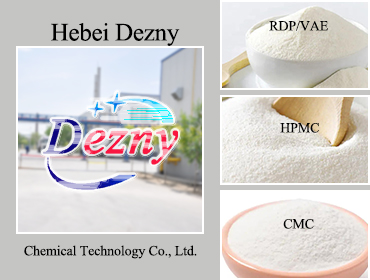
 2023-08-28- readings
2023-08-28- readingsSodium carboxymethyl cellulose will be the sodium salt of cellulose carboxymethyl ether. It is really an anionic cellulose ether. This is a white or milky white fibrous natural powder or granule using a solidity of .5-.7 g/cm3. It can be almost odorless and bland. Hygroscopic. Effortlessly dispersed in water to make a translucent colloidal solution, insoluble in organic and natural solvents for example ethanol. The pH of the 1undefinedPer cent aqueous option is 6.5-8.5. As soon as the pH is >10 or <5, the viscosity in the fasten is going to be significantly decreased, and also the efficiency is the ideal once the pH is 7. Secure to heat, the viscosity goes up rapidly below 20°C, and adjustments slowly and gradually at 45°C. Long term heating above 80°C can denature the colloid and significantly minimize the viscosity and gratifaction. It is effortlessly soluble in h2o, as well as the option is translucent it is quite dependable in alkaline solution, in fact it is very easily hydrolyzed whenever it encounters acid solution. It would precipitate as soon as the pH value is 2-3, and it will also behave and precipitate in the event it encounters multivalent metal salts.
Soon after knowing several of the attributes and attributes of salt carboxymethyl cellulose, i want to bring in its usage as follows:
Combine CMC directly with h2o to produce a pasty glue for later use. When configuring CMC mixture adhesive, initial put some clean water to the batching tank having a stirring gadget, and whenever the mixing device is excited, little by little and evenly spread CMC in the batching reservoir, whilst keeping mixing to produce the CMC Fully incorporated with normal water, CMC can fully break up. When dissolving CMC, the reason why it must be evenly sprinkled and stirred continuously would be to "undefinedprevent the difficulties of agglomeration, agglomeration, and reduce the quantity of CMC dissolved when CMC meets h2o", as well as improve the dissolution rate of CMC. The
The time for stirring is just not the same as some time for CMC to fully break up. They may be two methods. In most cases, enough time for stirring is significantly shorter compared to time for CMC to fully liquefy.They can be two ideas. Most of the time, time for stirring is much quicker in comparison to the time for CMC to totally break up. Time essential for the two depends on the particular condition.
The cornerstone for determining the mixing time is: when the CMC is uniformly dispersed in water where there are no obvious big agglomerates, the stirring might be discontinued, and the CMC and water can penetrate and fuse with each other in a fixed state.
The basis for figuring out the time necessary for CMC to completely break up is just as practices:
(1) CMC and normal water are completely bonded, and there is absolutely no sound-undefinedfluid separation between your two (2) The mixed mixture is within a uniform express, using a smooth area (3) The hue in the blended mixture is near to colorless and translucent, There are no granular items in the paste. From the time when CMC is put in the batching tank and combined with water towards the time when CMC is completely dissolved, the specified time is between 10 and 20 several hours.
The trouble of agglomeration and agglomeration during prep can be something that everybody needs to pay attention to. At the moment, all of us need to understand some blending methods, and must also figure out the stirring time and some phenomena when it is completely dissolved.